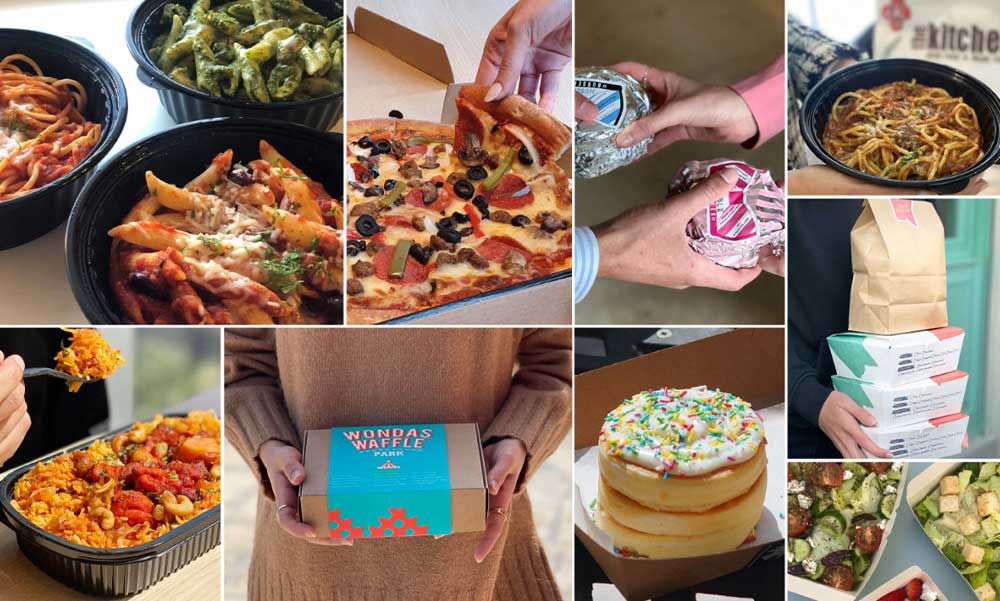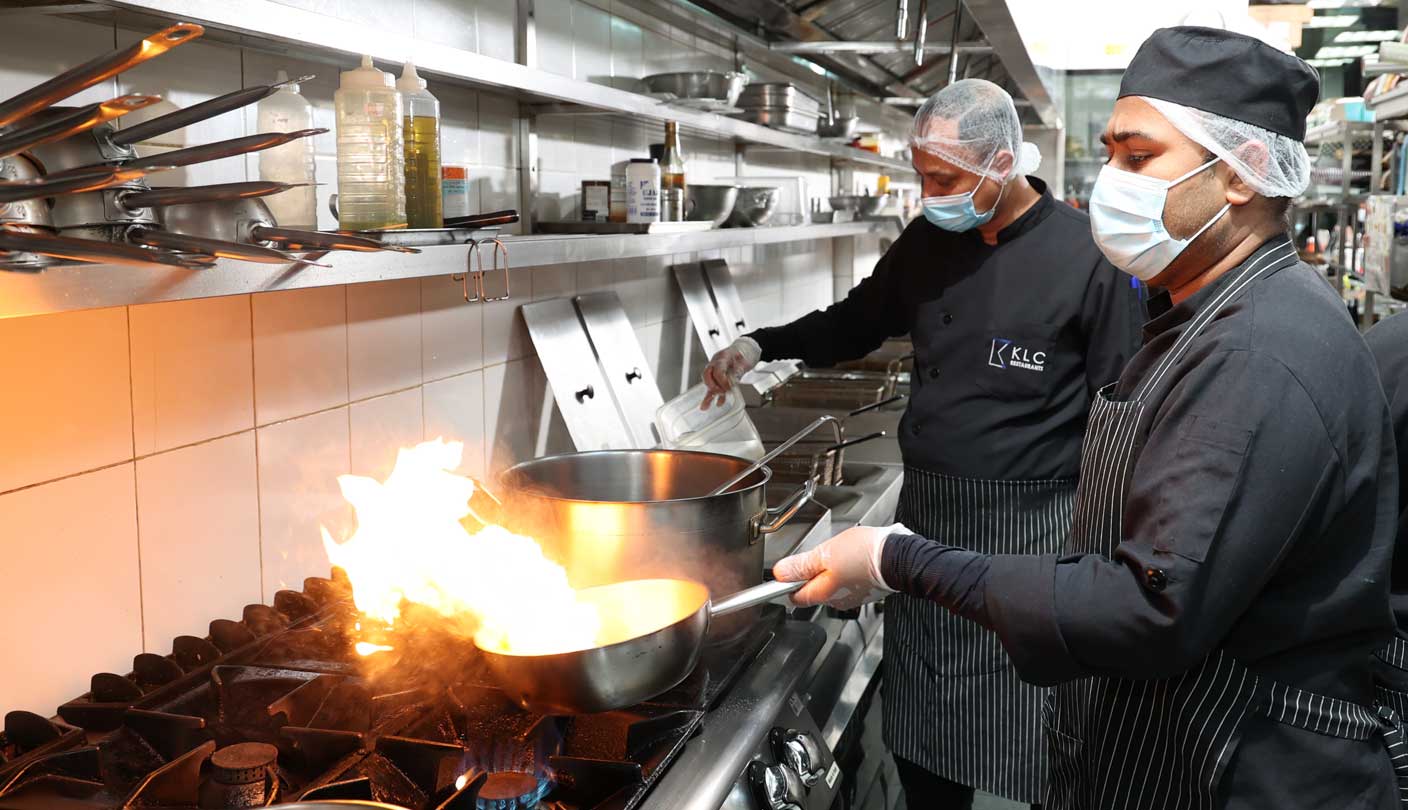In today’s world, it is an ongoing challenge to keep up with the fast-paced nature of our environment. The food sector has become highly competitive, and with an increasing demand in different types of products and services, it has become virtually impossible to provide both quantity and quality. With thousands of places to order from, delivering food has become mainstream, hence, the need for cloud kitchens, but what are they and how have they increased efficiency?
Cloud kitchens are delivery only kitchens that host multiple virtual restaurants whilst utilizing the same kitchen infrastructure. Besides the kitchen in which the food is prepared; the restaurant does not have a storefront, meaning there is no dine-in feature, or a set location where a customer can go to purchase food. Instead, cloud kitchens thrive off of customer service through the use of hotlines and delivery apps, such as Talabat, Carriage, Deliveroo, etc. Though many may prefer to book a table at a restaurant, there is no denying the efficiency that cloud kitchens provide. In the wake of the global pandemic, international lockdowns and quarantines have decreased freedom and accessibility to stores drastically. In an attempt to adapt to this sudden change, countless shops, outlets, restaurants and cafés offered delivery services just to prevent financial loss. Cloud kitchens were much better prepared for this abrupt shutdown, as they were already ahead of the situation.

Alongside these perks, virtual brands in cloud kitchens serve a genuine purpose; optimization. The point is to deliver the best quality of food, with the best prices, as soon as possible. Dine-in restaurants have to factor in rent, cost of labor, furniture, cutlery, and maintenance into their costs, all whilst providing optimal customer service and food quality. Meal prices may consequently be higher than the customer would like. By utilizing cloud kitchens, you are able to avoid these factors, thus focusing solely on offering delicious, affordable food delivered to customers. With such a drastic cut in budget, cloud kitchens can easily sell premium quality meals for prices similar to fast food chains, making them the virtue between two vices. With an attention towards home delivery, it is easier to maintain quality and deliver fresh, delicious food on time.
Cloud kitchens have been on the rise in the MENA region within the last few years and virtual brands have been gaining approval for their affordable prices, larger portions and speed of service. With more than 40 virtual restaurants to their name, KLC Virtual Restaurants offers a large variety of cuisines, each branch with its own specialty. Breakfast meals, comfort food, ethnic dishes, etc. are all sold through separate brands, working under the same company to maintain customer satisfaction and loyalty. One of the perks that come from ordering from one of these 50 restaurants, is “Battle of the Brands”; a one-stop-shop virtual kitchen meant to combine all KLC restaurants, such as Taco Eataco, Thrive Salads, The Kitchen, and a variety of other restaurants and countless cuisines into one place. A perfect destination for indecisive consumers, family gatherings, and parties. As it continues to gain popularity in the Middle East, KLC plans on expanding across the GCC and aspires to be one of the leading restaurant groups in the MENA region.




